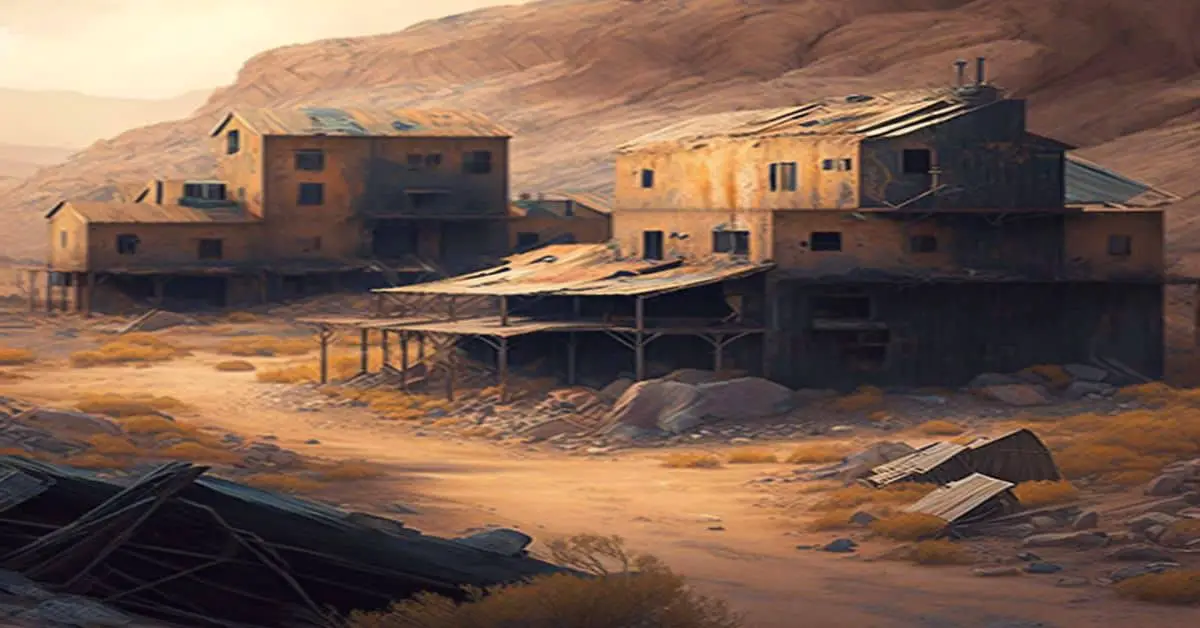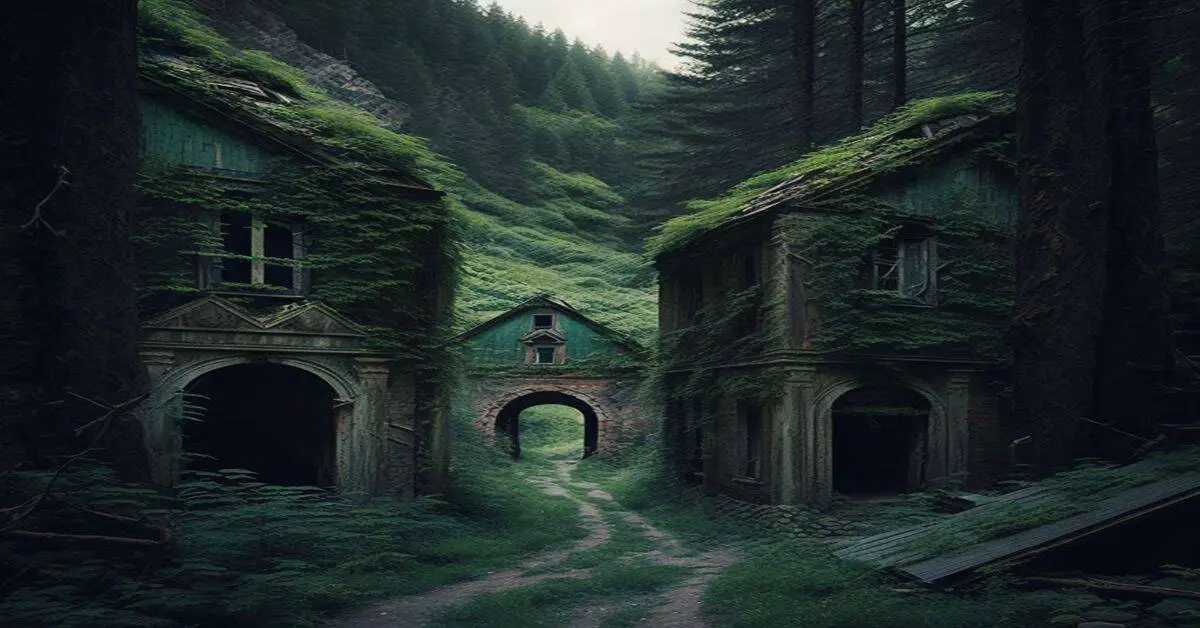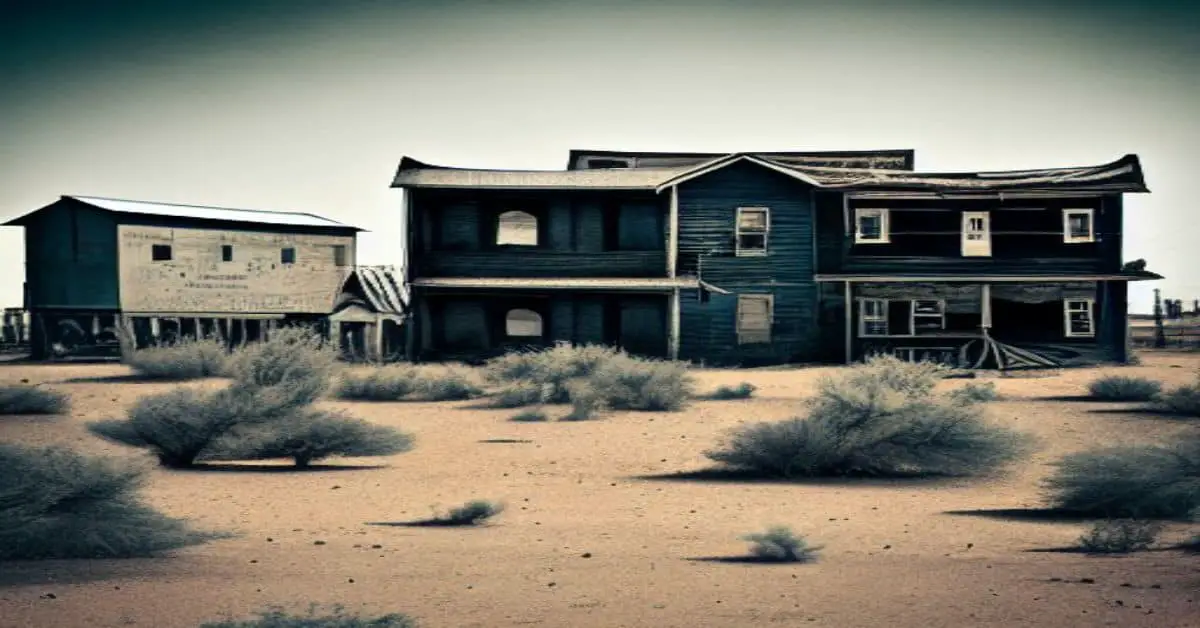Weld County, located in northern Colorado, boasts a rich history dating back to the 1800s. This region was once home to several mining and railroad towns, many of which have now become ghost towns, attracting tourists worldwide. With a diverse economy and a population exceeding 324,000, Weld County is renowned for its agricultural industry, oil and gas, healthcare, and education sectors.
Visitors to this area can explore abandoned buildings, learn about the region’s history, and indulge in various outdoor activities like hiking and camping. The ghost towns in Weld County are some of the most well-preserved in Colorado, making this region a perfect destination for anyone looking to explore the area’s fascinating past. These towns provide a glimpse into the vibrant communities that once thrived in this region and offer a unique perspective on the evolution of the American West.
With its picturesque landscapes and many historical landmarks, Weld County offers an ideal setting for anyone seeking to immerse themselves in the history of the West. This article aims to provide an in-depth guide to discovering Weld County’s ghost towns, from their location and history to the best ways to explore them.
Key Takeaways
- Weld County’s ghost towns are well-preserved and attract tourists from all over the world.
- These towns provide a unique perspective on the area’s history and evolution of the American West.
- Weld County, Colorado, has a diverse economy, with industries such as agriculture, oil and gas, healthcare, and education.
- The region was once home to numerous mining and railroad towns that have since become abandoned, offering visitors a glimpse into the past industries of northern Colorado.
Location and Area
Weld County, located in northern Colorado, has a total area of 4,017 square miles, making it a sizable region known for its rich history and diverse economy. The county has a population of over 324,000 and is famous for its agricultural industry.
However, Weld County is also home to numerous ghost towns that date back to the 1800s, when mining and railroad towns were thriving. Despite the towns’ abandonment, they have become a popular tourist attraction, offering visitors a glimpse into the area’s past.
In addition to exploring abandoned buildings and learning about the towns’ history, visitors can also enjoy outdoor activities such as hiking and camping. Many of the ghost towns have been preserved and turned into museums, thanks to preservation efforts, providing a unique opportunity for visitors to experience the history and culture of Weld County.
History and Industry
The northern region of Colorado has a rich history dating back to the 1800s, and was once home to numerous mining and railroad towns that have since become abandoned. Weld County is a prime example of this mining legacy, with towns such as Grover, Briggsdale, and Keota once booming with activity. However, as the mining industry declined, so did the towns, leaving behind only remnants of their former selves.
Despite this decline, Weld County’s economy is diverse, with industries such as oil and gas, healthcare, and education contributing to its growth. In fact, the county is one of the top oil and gas producing areas in the state, with many companies operating in the region.
The healthcare industry is also a major player, with numerous hospitals and medical centers in the county. Additionally, Weld County is home to several universities and colleges, making education another important aspect of its economy.
Overall, while the mining and railroad towns of Weld County may be a thing of the past, the county’s economy thrives in other industries.
Exploring the Ghost Towns
Exploring the abandoned settlements of northern Colorado’s past industries offers visitors a unique glimpse into the history and culture of the region. Weld County is home to numerous ghost towns that were once thriving mining and railroad towns.
Visitors can explore these abandoned structures and imagine what life was like for the settlers who once called them home. These ghost towns hold significant historical significance and provide an opportunity to learn about the area’s past.
Some ghost towns have been preserved and turned into museums, allowing visitors to see artifacts and learn about the town’s history. Others have been left untouched, allowing visitors to experience the town as it was left many years ago.
Many ghost towns also offer opportunities for outdoor recreation, such as hiking and camping, allowing visitors to explore the natural beauty of the area while learning about its history.
Frequently Asked Questions
What are some lesser-known ghost towns in Weld County that are worth visiting?
Ghost towns such as Dearfield, Keota, and Grover are worth exploring for their historical significance and well-preserved ruins. Visitors can learn about the area’s past and enjoy outdoor activities such as hiking and camping.
How did the decline of the mining and railroad industries impact the ghost towns in Weld County?
The decline of the mining and railroad industries significantly affected the ghost towns in Weld County, resulting in their abandonment. Preservation efforts have since been made to maintain the historical significance of these towns for educational and recreational purposes.
Are there any ghost towns in Weld County that have been completely restored and are still inhabited by residents?
Restoration efforts have been made in some ghost towns of Weld County, but none are currently inhabited. Community involvement has played a role in preserving these towns, which now serve as historical and cultural attractions for visitors.
Have any famous movies or TV shows been filmed in Weld County’s ghost towns?
There are no records of famous film locations being shot in Weld County’s ghost towns. However, some of these ghost towns have haunted legends, adding to the area’s historical significance and intrigue for visitors.
What safety precautions should visitors take when exploring the abandoned buildings in Weld County’s ghost towns?
Exploring abandoned buildings in Weld County’s ghost towns can be dangerous, requiring protective gear and danger awareness. Visitors should be cautious and follow safety guidelines to prevent injury or harm while enjoying the area’s history and outdoor recreation opportunities.


